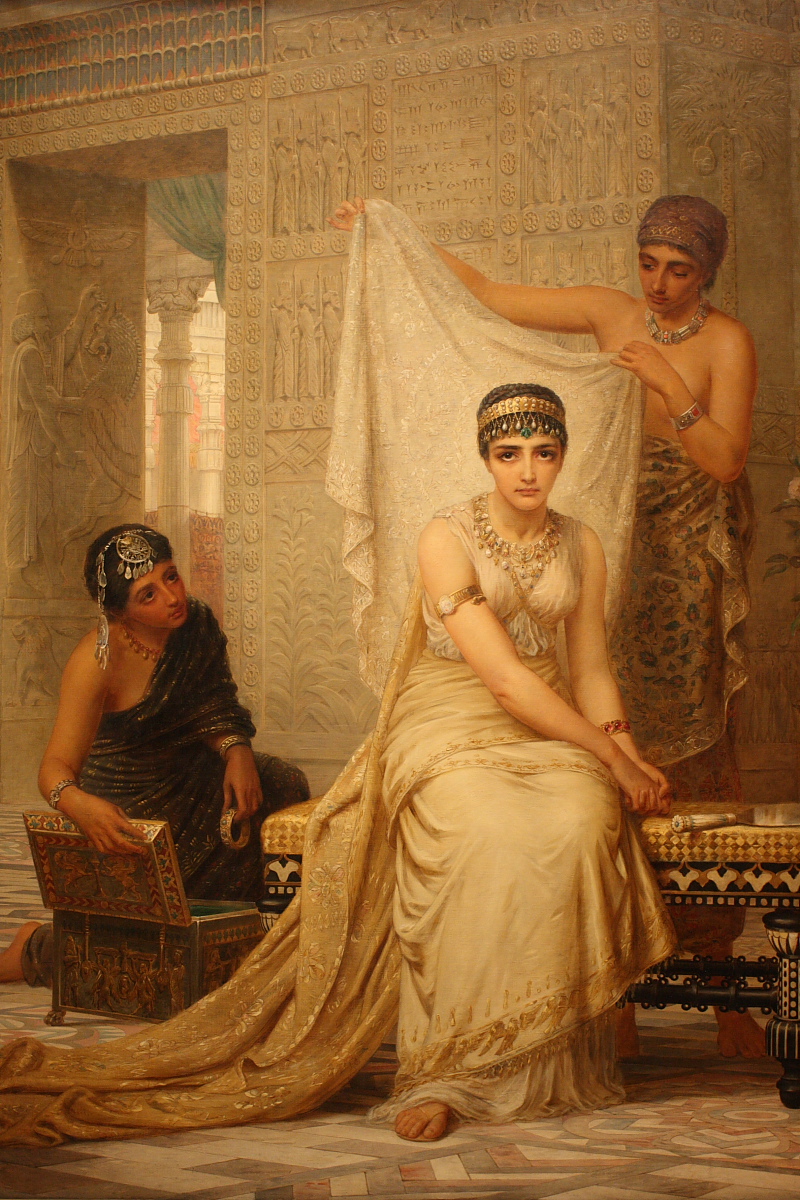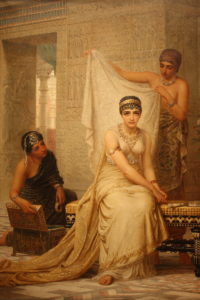
Why I Am Observing International Agunah Day

Painting of Esther by Edwin Long, 1878.
In a luxurious bedroom in an elegant estate somewhere in Iran thousands of years ago, a woman lies on a velvet chaise. Bedecked in jewels and the finest silks, she’s trapped. In a marriage to a man she never chose, forced to play to his whims and go only when she is summoned, she has no agency in her life. Her gilded cage is the only life she knows.
In Israel, America and throughout the world today, in spaces far less luxurious, women are similarly trapped. The first woman is a Queen, Esther of the story of Purim, trapped in an unwanted marriage with the king of Persia; the others are women around the world. But no matter how silky the sheets, the pain is still paramount.
When Purim approaches, our conversation centers around the miraculous shift from despondency to hope; from mourning to joy. The term used in the scroll of Esther is wonderfully alliterative: “Venahapoch hu!” And it flipped over. Turns right around. We talk about Purim as being topsy turvy, and that’s why it’s traditional to dress in costume, make irreverent plays (Purim shpiels) and even ridiculous words of Torah (Purim Torah). It’s about, to quote my senior year high school essays, highlighting the absurdity of the issue. The Jews were a minority people, on the verge of cultural genocide. An unpredictable plot twist occurs—a queen (female! Of all people!) obtains a place of power, and then the gallows that were intended for Mordechai were used to hang his enemy instead.
In the world we live in now, where so much is absurd and inane, I’m praying that the energy of Purim helps us turn things right side up.



